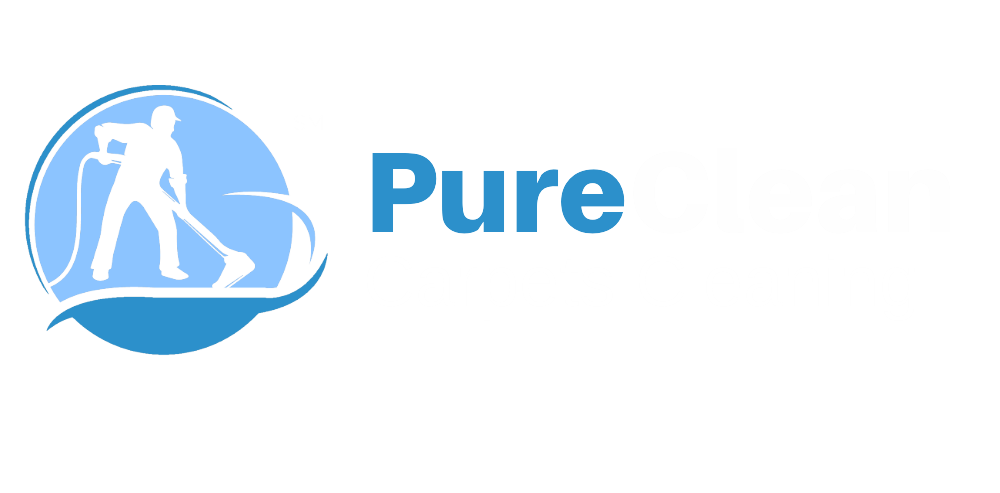Effective Ways to Disinfect High-Traffic Areas in Your Business - PureClean Carpets
- Home
- Effective Ways to Disinfect High-Traffic Areas in Your Business
- Duahcore
- April 30, 2021
- 0 Comments
Effective Ways to Disinfect High-Traffic Areas in Your Business
February 3, 2024 | PureClean Carpets | Water Restoration
Maintaining a clean business environment has always been important, but the pandemic has made cleanliness and hygiene crucial, especially in high-traffic areas. These spaces, which see a high volume of visitors daily, can become hotspots for bacteria and viruses. In this comprehensive guide, we’ll walk you through effective strategies to disinfect these high-traffic areas in your business, ensuring a safer and healthier space for everyone.
Identifying High-Traffic Areas
The first step in maintaining cleanliness is identifying the high-traffic areas in your business. These typically include:
Entrances and Lobbies: The first point of contact for everyone entering your premises.
Break Rooms: Common areas where employees gather to eat and socialize.
Restrooms: Essential facilities that see frequent use throughout the day.
Conference Rooms: Spaces used for meetings and gatherings.
Staircases and Elevators: Pathways that facilitate movement within the building.
Communal Kitchens: Areas where employees prepare and store food.
By identifying these areas, you can focus your cleaning efforts where they are needed most.
Creating a Regular Cleaning Schedule
A regular cleaning schedule is vital for keeping high-traffic areas sanitized. Consider the following tips:
Daily Cleaning: Develop a daily schedule that includes cleaning all identified high-traffic areas.
Peak Times: Increase the frequency of cleaning during peak hours to manage the higher flow of people.
Checklists: Use checklists to ensure that all tasks are completed consistently.
Consistency is key to preventing the buildup of germs and maintaining a clean environment.
Prioritizing Touch Points
Touch points are surfaces frequently touched by multiple people throughout the day. These include:
Door Handles: Both entrance and interior doors.
Elevator Buttons: All buttons inside and outside the elevators.
Handrails: Along staircases and ramps.
Shared Equipment: Items such as printers, telephones, and computers.
Clean and disinfect these surfaces multiple times a day to reduce the spread of pathogens.
Using Appropriate Cleaning Products
Using the right cleaning products is essential for effective disinfection. Here’s what you need to know:
EPA-Approved Disinfectants: Use products that are EPA-approved for their efficacy in killing viruses and bacteria.
Manufacturer’s Instructions: Follow the instructions on the product label, including the recommended contact time for the disinfectant to be effective.
Safety: Ensure that cleaning staff use personal protective equipment (PPE) to protect themselves from harmful chemicals.
By using the correct products and procedures, you can ensure a thorough and safe cleaning process.
Providing Sanitizing Stations
Hand sanitizing stations are a convenient way to promote hygiene among employees and visitors. Place these stations:
At Entrances and Exits: Encourage hand sanitization upon entering and leaving the building.
Near High-Traffic Areas: Such as break rooms and restrooms.
Strategic Points: Throughout the building to ensure easy access for everyone.
Use hand sanitizers with at least 60% alcohol content for maximum effectiveness.
Educating Your Staff
Your staff plays a crucial role in maintaining a clean environment. Educate them through:
Training Sessions: Regular training on cleaning protocols and the importance of disinfection.
Clear Guidelines: Provide written instructions and visual aids to reinforce proper cleaning techniques.
Open Dialogue: Encourage feedback and questions to ensure understanding and compliance.
Incorporating these practices into your **employee training program** can foster a culture of cleanliness and responsibility.
Considering Professional Cleaning Services
Professional cleaning services can supplement your in-house efforts with their expertise and resources. Benefits include:
Deep Cleaning: Professionals can provide a deeper clean using advanced equipment and techniques.
Expertise: Trained professionals understand the best practices for effective disinfection.
Regular Maintenance: Regularly scheduled professional cleanings can maintain high standards of hygiene.
Consider partnering with a **reputable cleaning service to enhance your cleaning routine.
Frequently Asked Questions
How often should high-traffic areas be cleaned?
High-traffic areas should be cleaned at least once a day, with touch points disinfected multiple times throughout the day to manage high usage and minimize contamination.
What are EPA-approved disinfectants?
EPA-approved disinfectants are cleaning products that have been tested and approved by the Environmental Protection Agency (EPA) for their efficacy in killing viruses and bacteria. Check the EPA’s list of approved disinfectants to ensure you are using effective products.
What’s the best way to educate staff about cleaning protocols?
The best way to educate staff is through regular training sessions, clear guidelines, and an open dialogue about cleanliness. Incorporate these practices into your **employee onboarding process** and provide ongoing support.
How can I encourage customers to help maintain cleanliness?
Encourage customers to help maintain cleanliness by placing signage reminding them of best hygiene practices, providing hand sanitizing stations, and politely encouraging them to clean up after themselves.
Maintaining cleanliness and hygiene in high-traffic areas of your business is essential for protecting the health of everyone who enters your premises. By identifying key areas, creating a regular cleaning schedule, prioritizing touch points, using appropriate cleaning products, providing sanitizing stations, educating your staff, and considering professional cleaning services, you can ensure a safer and healthier environment.
Regular and thorough cleaning not only creates a pleasant environment but also safeguards the health of your employees and customers. For expert cleaning services, PureClean Carpets is your go-to partner in ensuring your business premises remain spotless and hygienic.
Visit our **services page** to learn more about our offerings, and check out our **customer testimonials** to see why we are the preferred choice for businesses in Denver. For further reading on cleaning and maintenance, check out these resources:
– CDC Guidelines on Cleaning and Disinfecting: Detailed guidelines on effective cleaning practices.
– OSHA Cleaning Recommendations: Occupational safety recommendations for workplace cleaning.
– American Cleaning Institute: Tips and resources on cleaning and hygiene practices.
– BOMA International Cleaning Standards: Standards and best practices for commercial cleaning.
By following these tips and utilizing professional services when needed, you can maintain a clean, healthy, and inviting business environment.

